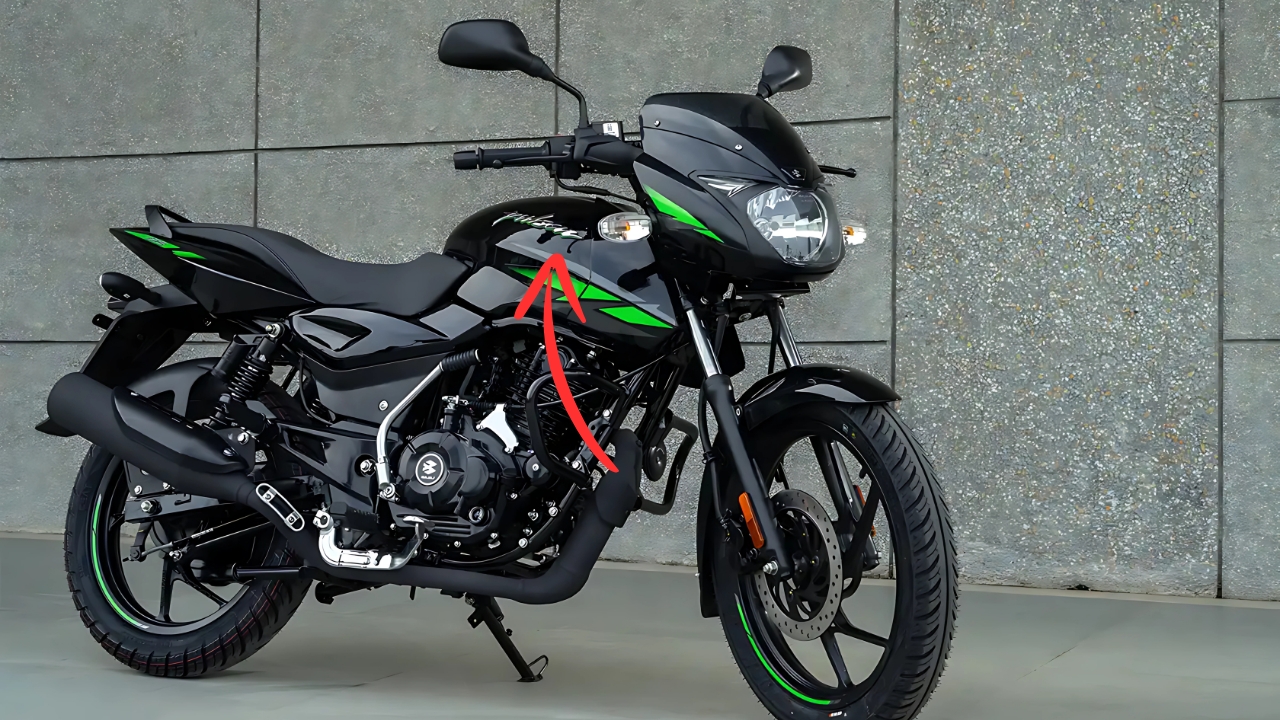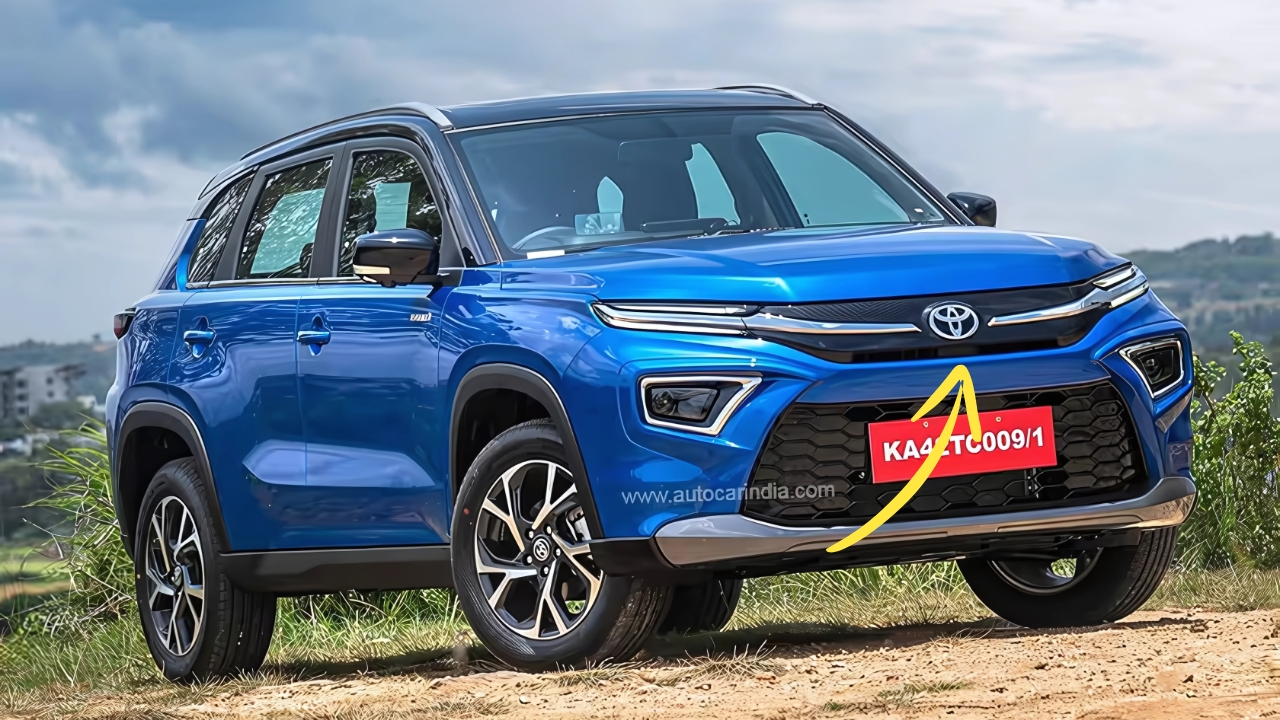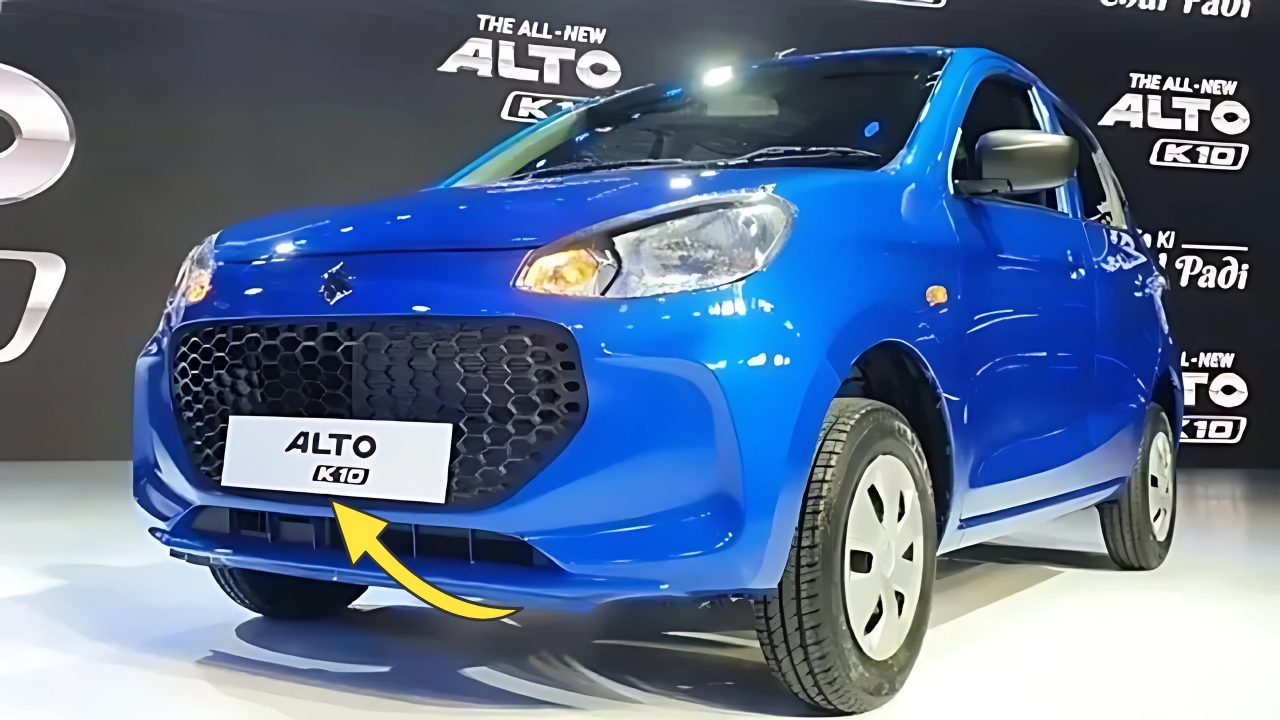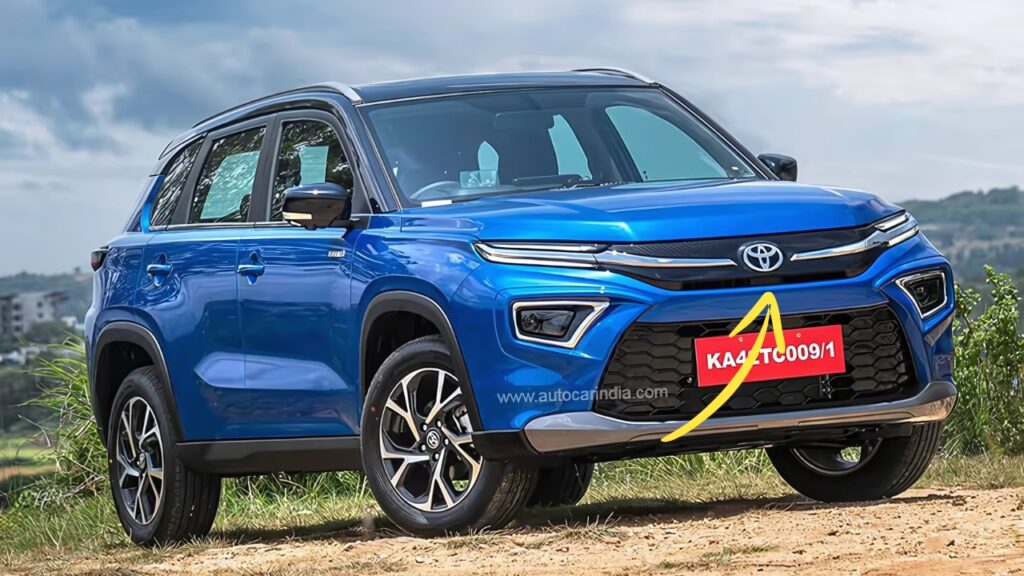Bajaj Pulsar 125: In the diverse landscape of Indian motorcycling, few names carry the weight and recognition of the Pulsar brand.
Since its introduction in 2001, the Pulsar lineup has defined performance motorcycling for a generation of Indian riders.
The Pulsar 125, introduced as the entry point to this storied lineup, represents Bajaj Auto’s strategic effort to bring the Pulsar experience to a broader audience while navigating the increasingly competitive small-displacement motorcycle segment.
The Evolution of the Pulsar Lineup
The Pulsar nameplate has undergone significant evolution since its debut two decades ago.
What began as a revolutionary 150cc and 180cc offering has expanded to encompass everything from 125cc commuters to 250cc performance machines.
Throughout this expansion, the Pulsar DNA has remained consistent: sportier styling, performance-oriented engineering, and features that exceed segment expectations.
The introduction of the Pulsar 125 marked an important strategic decision for Bajaj Auto. As emission norms tightened and production costs increased, the traditional 150cc entry point to the Pulsar lineup moved upmarket in terms of pricing.
The Pulsar 125 was conceived to maintain an accessible entry point to the brand while delivering on the core promises that have made the Pulsar name synonymous with accessible performance.
Design Philosophy: Pulsar DNA in a Smaller Package
The Pulsar 125 successfully translates the aggressive design language of its larger siblings into a more compact package.
The motorcycle features the signature muscular fuel tank with sharp extensions, distinctive headlamp design, and split seats that have characterized the Pulsar family across generations.
These visual elements immediately identify the motorcycle as a Pulsar, creating a sense of pride for owners who might otherwise have been limited to more utilitarian commuter designs.
Available in several variants including standard, split-seat, and Neon editions, the Pulsar 125 offers visual differentiation within its own lineup.
Color schemes typically include vibrant options with graphics that emphasize the motorcycle’s sporty character while maintaining a broad appeal.
The overall silhouette creates a substantial presence that belies the motorcycle’s small displacement.
Attention to detail is evident in elements like the belly pan, muscular exhaust shield, and sporty alloy wheels, which contribute to a premium feel that exceeds what’s typically found in the 125cc segment.
These design choices reflect Bajaj’s understanding that for many buyers, a motorcycle represents both transportation and a statement of personal identity.
Engine Performance: Balancing Efficiency and Character
At the heart of the Pulsar 125 is its 124.4cc air-cooled, single-cylinder engine, producing approximately 12 horsepower at 8,500 rpm and 11 Nm of torque at 6,500 rpm.
While these figures may seem modest compared to larger motorcycles, they represent competitive performance in the 125cc segment, particularly when paired with the motorcycle’s relatively light weight of around 140 kilograms.
The engine features Bajaj’s DTS-i (Digital Twin Spark Ignition) technology, which utilizes two spark plugs per cylinder to improve combustion efficiency.
This results in better fuel economy and reduced emissions without sacrificing performance—a critical balance in the value-conscious commuter segment.
Fuel efficiency typically ranges from 55-60 kilometers per liter under mixed riding conditions, making the Pulsar 125 an economical daily companion.
What distinguishes the Pulsar 125’s engine from many competitors is its character. The power delivery is tuned to provide a more engaging experience than typical commuters, with a stronger mid-range that makes urban riding more enjoyable.
The five-speed transmission offers well-spaced ratios that make the most of the available power while keeping the engine in its efficiency zone during highway cruising.
Chassis and Handling: Beyond Basic Transportation
The Pulsar 125 is built around a conventional cradle frame that prioritizes stability and predictable handling.
The suspension setup consists of telescopic front forks and twin rear shock absorbers with five-step preload adjustment, striking a balance between comfort and handling that leans slightly toward the sportier end of the spectrum compared to pure commuters.
Braking options include variants with drum brakes at both ends, or more premium versions with a front disc brake and rear drum combination.
The latter configuration provides noticeably improved stopping power, with the 240mm front disc offering good bite and feedback through the lever.
Some markets receive CBS (Combined Braking System) as standard, which distributes braking force between front and rear wheels when the rear brake is applied, improving safety for less experienced riders.
The 17-inch alloy wheels are typically shod with tubeless tires, providing additional safety in case of punctures—a thoughtful inclusion for a motorcycle that will often serve as primary transportation for its owner.
The wheel size and geometry create handling characteristics that inspire confidence while remaining accessible to riders of varying experience levels.
Comfort and Ergonomics: Daily Usability
While the Pulsar 125 embraces sportier styling than most 125cc competitors, it doesn’t sacrifice comfort in the process.
The riding position strikes a balance between committed and upright, with moderately rear-set footpegs and a handlebar position that doesn’t place excessive weight on the rider’s wrists.
This ergonomic balance makes the motorcycle suitable for both short commutes and longer weekend rides.
The split seat design (on applicable variants) provides good support for both rider and passenger, with adequate padding for typical commuting distances.
The 11-liter fuel tank offers reasonable range between fill-ups, while its sculpted design provides good knee support during cornering and more spirited riding.
Instrumentation typically includes an analog tachometer paired with a digital display for speed, fuel level, odometer, and trip information.
This combination provides essential information while maintaining the sporty aesthetic that Pulsar owners expect.
Premium touches like backlit switches and a USB charging port on select variants enhance the ownership experience.
Market Impact and Positioning
The Pulsar 125 occupies a strategic position in both Bajaj’s lineup and the broader Indian motorcycle market.
It serves as the entry point to the Pulsar brand, creating an opportunity for riders to join the Pulsar community at a more accessible price point.
This strategy helps Bajaj cultivate brand loyalty that may lead to upgrades within the Pulsar range as riders’ incomes increase over time.
In the competitive landscape, the Pulsar 125 is positioned against both traditional commuters like the Honda CB Shine and more feature-rich offerings like the TVS Raider.
The Pulsar’s value proposition centers on delivering a more engaging riding experience and sportier aesthetics compared to conventional commuters, appealing to younger riders who want their first motorcycle to offer more than mere transportation.
Bajaj Pulsar 125:
The Bajaj Pulsar 125 successfully translates the essence of the Pulsar brand into an accessible package that meets the practical requirements of the commuter segment while delivering a more engaging experience than typical 125cc offerings.
By emphasizing design and riding dynamics alongside the efficiency and reliability expected in this category, Bajaj has created a motorcycle that serves as both practical transportation and an entry point to motorcycling enthusiasm.
As urban traffic congestion increases and fuel economy remains a priority for many riders, smaller displacement motorcycles with character are likely to grow in importance across global markets.
The Pulsar 125 demonstrates that entry-level motorcycles need not be devoid of personality or riding enjoyment, establishing a template for how established brands can extend their appeal to more price-sensitive segments without diluting their core identity.














